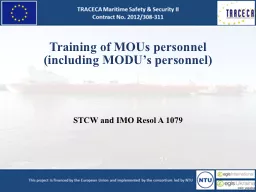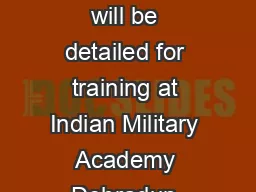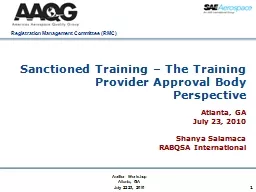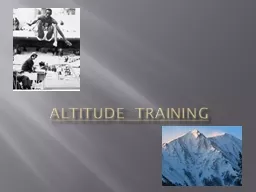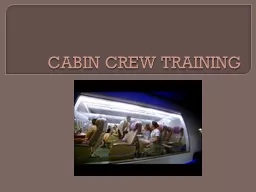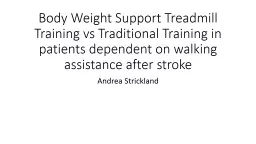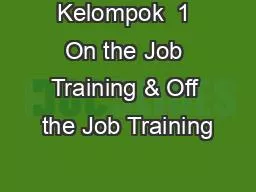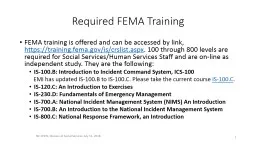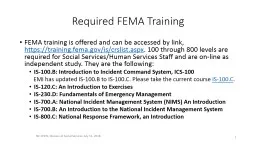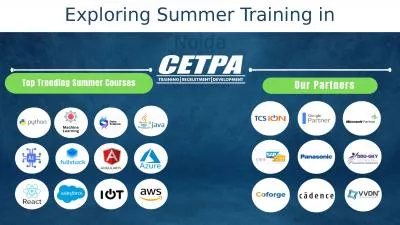PPT-Training of
Author : ellena-manuel | Published Date : 2017-05-28
MOUs personnel including MODUs personnel STCW and IMO Resol A 1079 Origin of IMO resolution For the small history within the extraordinary development
Presentation Embed Code
Download Presentation
Download Presentation The PPT/PDF document "Training of" is the property of its rightful owner. Permission is granted to download and print the materials on this website for personal, non-commercial use only, and to display it on your personal computer provided you do not modify the materials and that you retain all copyright notices contained in the materials. By downloading content from our website, you accept the terms of this agreement.
Training of: Transcript
Download Rules Of Document
"Training of"The content belongs to its owner. You may download and print it for personal use, without modification, and keep all copyright notices. By downloading, you agree to these terms.
Related Documents

